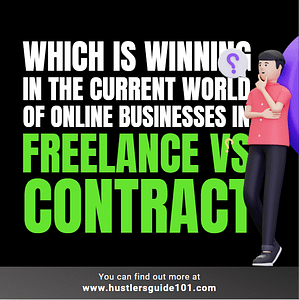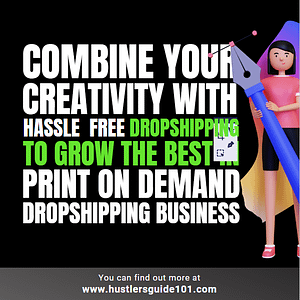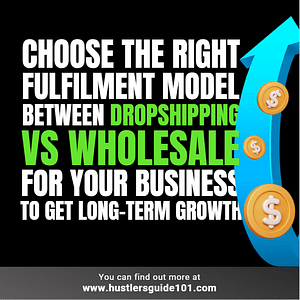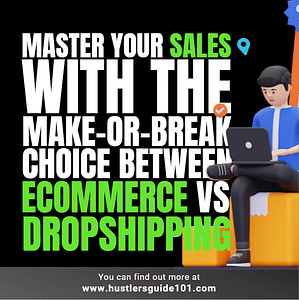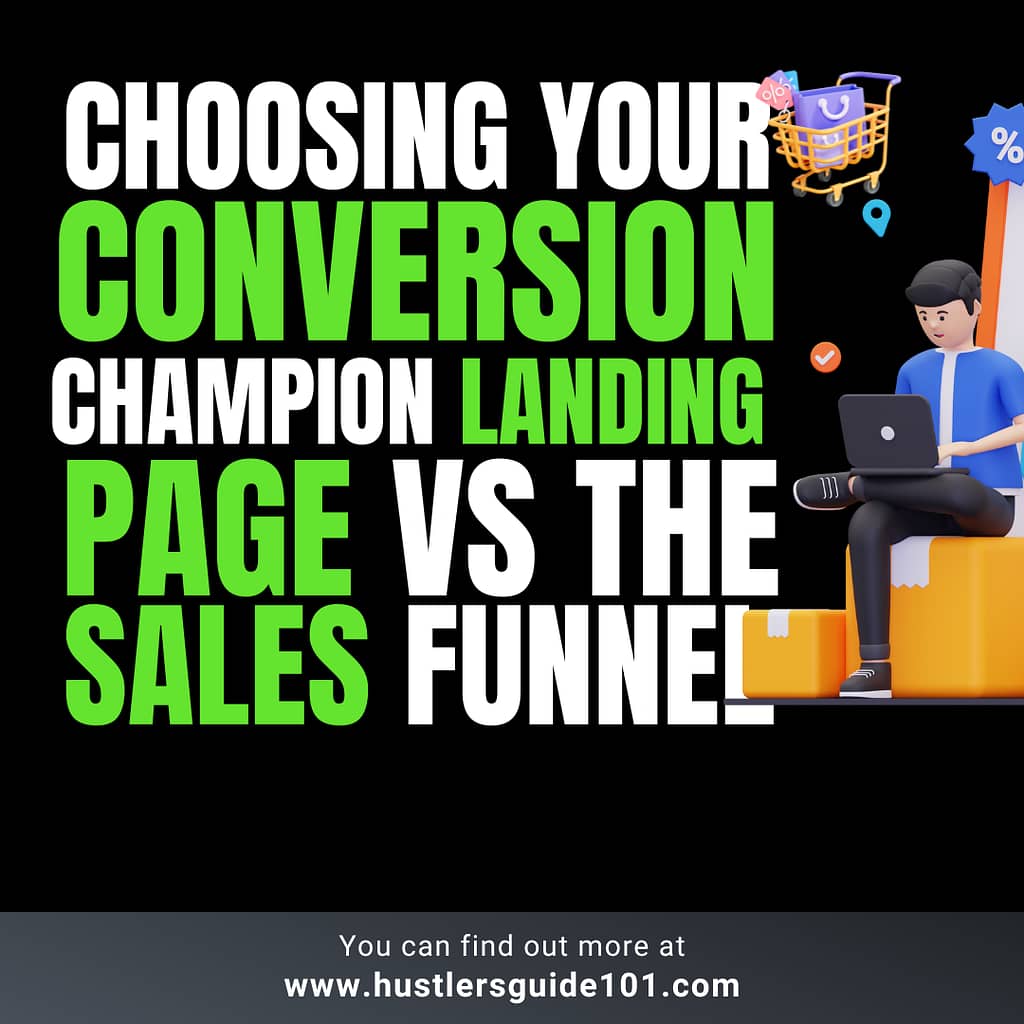
Research conducted on Landing Page vs sales Funnel shows that conversion rates for sales funnels are often greater than those of landing pages. They range from 3% to 7% on average, with well-optimized funnels reaching 10% or higher. Do you own a store or offer a service but don’t know how to boost it?
First, online presence is very important. Online presence means having a website, sales funnel, or online store. Confused? Landing page vs Sales funnel: which one to choose?
Simple, a landing page is the best option if you are launching a product. However, if you are establishing an online presence for your brand, the website should be your go to option.
If you want to learn more about what difference both make or how you can nail them, we are going to discuss them in detail in this blog.
Understanding Landing Page VS Sales Funnel
Landing pages and sales funnels are two essential components of a successful online marketing strategy. While they are distinct entities, they work hand in hand to drive more sales for your business.
A landing page is a single web page designed for marketing or advertising campaigns. This is the front door page where a viewer lands directly after clicking an ad, post, or button.
Its purpose is to capture visitors’ attention and persuade them to take a specific action, such as purchasing, filling out a form, or subscribing to a newsletter. Unlike a typical website page, a landing page focuses on a single objective and eliminates any distractions that might lead visitors away from that goal.
After entering through the front door (landing page), the viewer is finally in the house (sales funnel). Won’t you give them a tour? Here comes the sales funnel. It is a step-by-step process that guides potential customers through a couple of stages, from initial awareness to final conversion.
It’s like a scheme that leads visitors from the top of the funnel, where they become aware of your brand or product, down to the bottom, where they gift you with a successful purchase. Each funnel stage is designed to nurture and engage the prospects, gradually building trust and credibility while gently pushing them toward the final conversion.
Do you know the difference between a sales funnel and a marketing funnel? Well, now you can with ease.
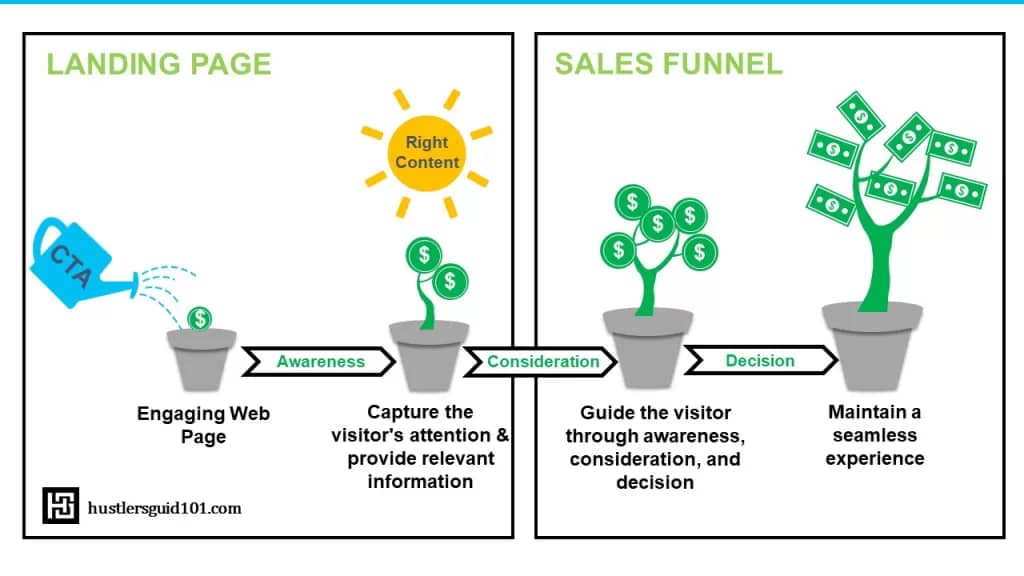
How Landing Page and Sales Funnel Work Together?
Landing pages and sales funnels are most effective as part of a cohesive marketing strategy. Here’s how they work in harmony to drive more sales:
1. Attracting and Engaging
Since Landing pages are the first touchpoint for your potential customers, you have a good chance to attract visitors through compelling headlines, engaging visuals, and persuasive copy. Once visitors land on your page, they are guided through the sales funnel, where each stage provides valuable information and encourages further engagement.
2. Building Trust and Credibility
As visitors progress through the sales funnel, they become more familiar with your brand and product offering. This builds trust and credibility, making them more likely to purchase. Pro tip: Landing pages are crucial in showcasing your product’s features and benefits, highlighting customer testimonials, and addressing objections or concerns. So, blow your own trumpet.
3. Driving Conversions
Once you hook the viewer completely, it’s time to persuade them to make a good purchase. Throughout the process, Landing pages focused on capturing leads or making direct sales, while sales funnels nurtured prospects and guided them toward the final conversion.
By combining the persuasive power of landing pages with the structured journey of a sales funnel, you can optimize your conversion rates and drive more sales for your business. Not just a single time but for decades!
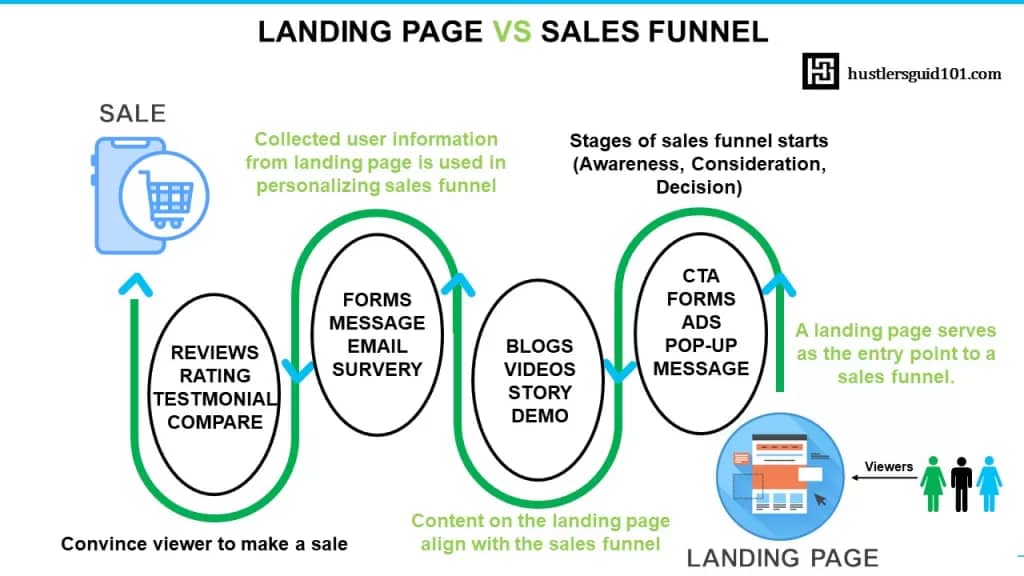
Do you know the difference between sales funnel vs marketing funnel? If not, you now have the chance to know in detail.
Creating Effective Landing Pages
Creating an effective landing page requires careful planning and attention to detail. Here are the key elements of a successful landing page:
1. Compelling Headline
The headline is the first thing visitors see when they land on your page. It should be clear, concise, and attention-grabbing, highlighting your product or service’s main benefit or value proposition. You can attack the weakness of the viewer in this section. Like “Impress your friends without breaking the bank!”.
2. Engaging Visuals
Do you know the Average time spent on landing pages is around 50 seconds, with longer pages seeing slightly higher engagement? Don’t disappoint the viewer; use high-quality images or videos that are visually appealing and relevant to your offering. Visuals help capture attention and convey information more engagingly and memorably.
3. Persuasive Copy
The copy on your landing page should be persuasive and customer-focused. Highlight the unique selling points of your product or service, address customer pain points, and communicate the benefits of taking action. Plus, tell them the consequences of not taking action. Make sure you don’t scare your customers away.
4. Clear Call-To-Action
The call-to-action (CTA) is the most important element of your landing page. It should be prominently displayed, visually appealing, and communicate the desired action. Use action-oriented language and create a sense of urgency to encourage immediate action.
5. Social Proof
To build trust and credibility, include customer testimonials, case studies, or reviews. In this fast life, everyone has short attention spans and limited information and wants a quick one-shot opportunity. Social proof helps overcome customer objections and reassures potential customers that they are making the right decision.
By incorporating these elements into your landing page, you can create a persuasive and high-converting experience for your visitors.
Optimizing Landing Pages for Sales Funnel
Optimizing your landing pages for both search engines and users is essential to maximize conversions. Search engine optimization (SEO) involves incorporating relevant keywords and meta tags and optimizing page load speed to ensure your landing page ranks highly in search engine results.
User experience (UX) optimization is equally important. Your landing page should be visually appealing, mobile-friendly, and easy to navigate. A clutter-free design, clear headings, and well-structured content can enhance the user experience and keep visitors engaged.
Furthermore, A/B testing can help you identify the most effective elements on your landing page. By testing different versions of headlines, CTAs, and design elements, you can gather sales funnel metrics, data and continually make data-driven decisions to improve your conversion rates.
Let me make it easy for you to optimize your funnel. The best part is, it won’t cost you anything! Check out how you can be your own sales funnel copywriter and witness your business grow.
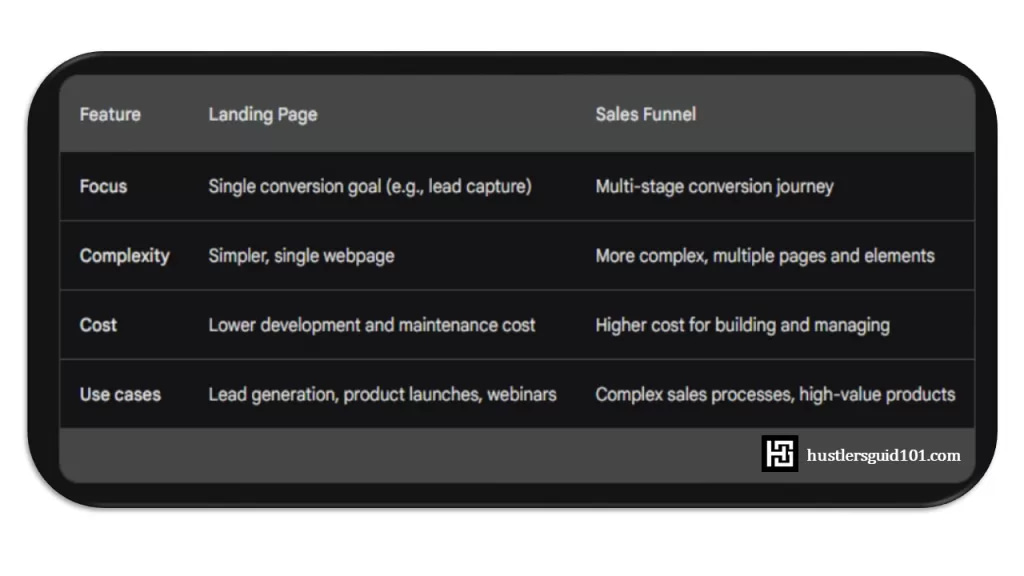
Building a High-Converting Sales Funnel
Now that you have a well-optimized landing page, it’s time to build a high-converting sales funnel. Ever gotten confused between Sales Funnel VS Pipeline? Not anymore with as I covered them in detail.
1. Identify Your Target Audience
Before creating a sales funnel, you need to understand your target audience and their needs and pain points. Conduct market research, analyze customer data, and create buyer personas to guide your funnel-building efforts. You can ask your friends too.
2. Create Awareness
The funnel’s first stage is about creating awareness and attracting potential customers. Use content marketing, social media advertising, search engine optimization, and influencer partnerships to reach your target audience and introduce them to your brand.
3. Generate Interest
Once you’ve captured your audience’s attention, it’s time to pique their interest. Offer valuable content such as blog posts, videos, webinars, or free resources that address their pain points and showcase your expertise. Collect their contact information through lead magnets like email opt-ins or gated content.
4. Nurture Leads
Congratulations! You’re close to success. Now that you have a list of leads, nurturing them and building a relationship is important. Send them personalized emails, offer exclusive discounts, provide educational content, and engage with them on social media. The goal is to stay top-of-mind and position yourself as a trusted authority in your industry.
5. Close the Sale
The final stage of the funnel is what you’ve been waiting for – successful conversion of leads into paying customers. Use persuasive sales tactics, offer limited-time promotions, provide exceptional customer service, and address any objections or concerns they may have. Make the purchasing process as seamless and frictionless as possible.
By carefully crafting each stage of your sales funnel and providing value at every step, you can guide potential customers toward purchasing, increasing your sales and revenue.
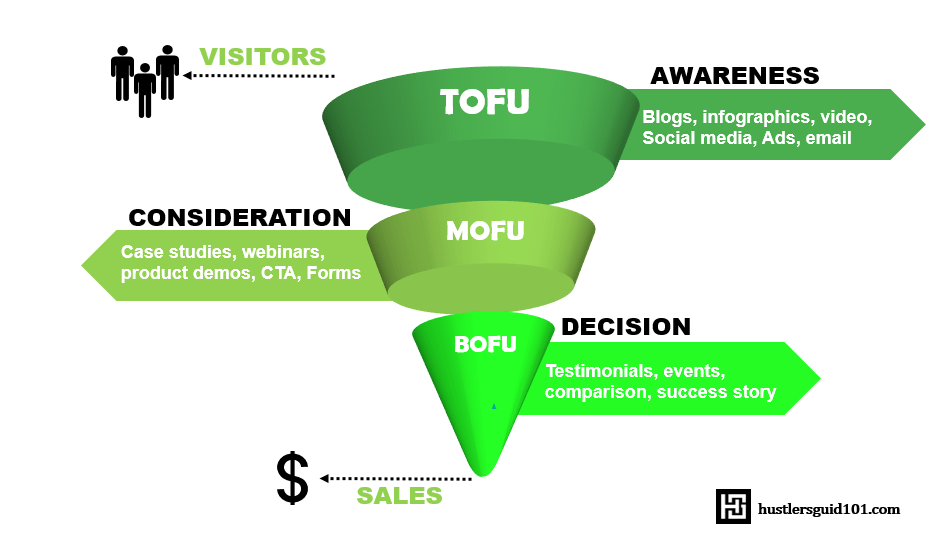
Types of Sales Funnel and Their Benefits
Sales funnels come in various shapes and sizes, each with its own unique purpose and benefits. Here are some common types of sales funnels you can leverage to drive more sales:
1. Lead Generation Funnel
This type of funnel focuses on capturing and turning leads into potential customers. It typically includes a landing page with a lead magnet, an email sequence to nurture leads, and a call-to-action to convert them into paying customers.
2. WEBINAR FUNNEL
Webinars effectively educate your audience, showcase your expertise, and drive sales. A webinar funnel typically includes a landing page to promote the webinar, a registration page, a series of reminder emails, and a sales page to convert attendees into customers.
3. Product Launch Funnel
A product launch funnel can generate excitement and drive sales if you’re launching a new product or service. It typically includes a pre-launch phase with teaser content, a launch day with limited-time offers, and a post-launch phase to continue promoting the product.
4. Tripwire Funnel
A tripwire funnel involves offering a low-priced, high-value product to convert leads into customers. Once they make the initial purchase, you can upsell or cross-sell higher-priced products or services. This type of funnel helps build trust and allows you to maximize the customer’s lifetime value.
By choosing the right type of sales funnel for your business and implementing it effectively, you can attract, engage, and convert your target audience, increasing sales and revenue.
If you want to know more about Types Of Sales Funnels, I have covered deep details and examples.
Automating Your Sales Funnel
Now that you have a well-designed and optimized sales funnel, it’s time to automate the process to save time and maximize efficiency. Automation allows you to deliver personalized experiences at scale, nurture leads on autopilot, and focus on other aspects of your business. Here are some ways to automate your sales funnel:
1. Email Marketing Automation
Use email marketing software to set up automated email sequences that deliver targeted messages based on user behavior. Segment your audience, create personalized email campaigns, and track the performance to optimize conversions.
2. Retargeting Ads
Set up retargeting campaigns on platforms like Facebook, Google, or LinkedIn to reach users who have already shown interest in your brand. Show them relevant ads and offers to remind them of your products or services and encourage them to complete the purchase.
3. CRM Integration
Integrate your sales funnel with a customer relationship management (CRM) system to track leads, monitor customer interactions, and automate follow-ups. This ensures that no leads fall through the cracks and allows you to provide a seamless customer experience.
4. Chatbots
Implement chatbots on your website or messaging platforms to engage with visitors, answer their questions, and guide them throughout the sales process. Chatbots can provide instant responses, offer product recommendations, and collect valuable customer data.
By automating key aspects of your sales funnel, you can streamline your marketing efforts, increase efficiency, and focus on building meaningful connections with your customers. Interested? Here’s How To Create An Automated Sales Funnel In JUST 9 Steps!
Wrapping up: Landing Page VS Sales Funnel
Remember, successful landing pages and sales funnels are not just about aesthetics – they are about understanding your audience, crafting compelling narratives, and delivering value at every step of the customer journey.
So, take the time to analyze your audience, experiment with different strategies, and continuously optimize your approach. With the right tactics and a data-driven mindset, you can unlock the full potential of your online marketing efforts and watch your business where you want to see this.


